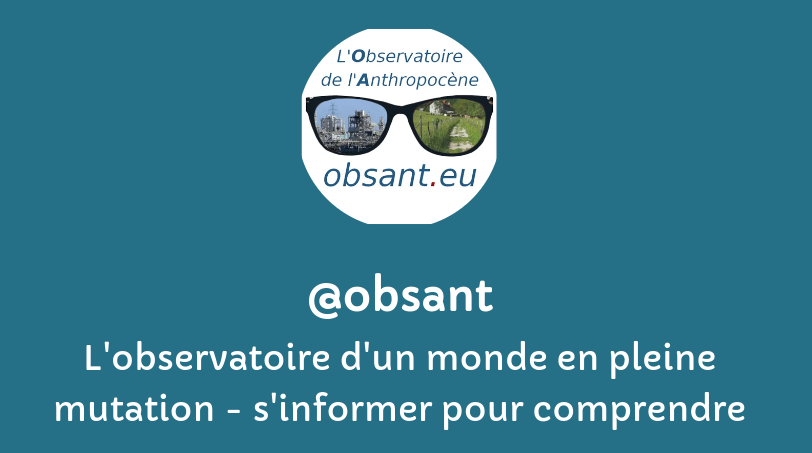« L’urgence est là, nous regardons ailleurs »
filtre:
California
2025
A team of researchers in California drew notoriety last year with an aborted experiment on a retired aircraft carrier that sought to test a machine for creating clouds. But behind the scenes, they were planning a much larger and potentially riskier study of salt-water-spraying equipment that could eventually be used to dim the sun’s rays — a multimillion-dollar project aimed at producing clouds over a stretch of ocean larger than Puerto Rico.
Human-caused climate change increased the likelihood and intensity of the hot, dry and windy conditions that fanned the flames of the recent devastating Southern California wildfires, a scientific study found. But the myriad of causes that go into the still smoldering fires are complex, so the level of global warming's fingerprints on weeks of burning appears relatively small compared to previous studies of killer heat waves, floods and droughts by the international team at World Weather Attribution. Tuesday's report, too rapid for peer-review yet, found global warming boosted the likelihood of high fire weather conditions in this month's fires by 35% and its intensity by 6%.
2024
Evidence shows a continuing increase in the frequency and severity of global heatwaves1,2, raising concerns about the future impacts of climate change and the associated socioeconomic costs3,4. Here we develop a disaster footprint analytical framework by integrating climate, epidemiological and hybrid input–output and computable general equilibrium global trade models to estimate the midcentury socioeconomic impacts of heat stress. We consider health costs related to heat exposure, the value of heat-induced labour productivity loss and indirect losses due to economic disruptions cascading through supply chains. Here we show that the global annual incremental gross domestic product loss increases exponentially from 0.03 ± 0.01 (SSP 245)–0.05 ± 0.03 (SSP 585) percentage points during 2030–2040 to 0.05 ± 0.01–0.15 ± 0.04 percentage points during 2050–2060. By 2060, the expected global economic losses reach a total of 0.6–4.6% with losses attributed to health loss (37–45%), labour productivity loss (18–37%) and i
2023
California has sued five of the largest oil and gas companies in the world, alleging that they engaged in a 'decades-long campaign of deception' about climate change and the risks posed by fossil fuels.
Three brush fires burning in rural areas across Riverside county, where 1,000 homes are under evacuation orders
State Farm will almost entirely stop issuing new policies in California – with climate-exacerbated wildfires and bad public policy a large reason why
Terrestrial ecosystems have taken up about 32% of the total anthropogenic CO2 emissions in the past six decades1. Large uncertainties in terrestrial carbon–climate feedbacks, however, make it difficult to predict how the land carbon sink will respond to future climate change2. Interannual variations in the atmospheric CO2 growth rate (CGR) are dominated by land–atmosphere carbon fluxes in the tropics, providing an opportunity to explore land carbon–climate interactions3–6. It is thought that variations in CGR are largely controlled by temperature7–10 but there is also evidence for a tight coupling between water availability and CGR11. Here, we use a record of global atmospheric CO2, terrestrial water storage and precipitation data to investigate changes in the interannual relationship between tropical land climate conditions and CGR under a changing climate. We find that the interannual relationship between tropical water availability and CGR became increasingly negative during 1989–2018 compared to 1960–1989
2022
In de achtertuin van het grootste Amazondepot ter wereld vrezen bewoners voor hun leven. De luchtvervuiling in California, waar vier op de tien Amerikaanse pakjes passeren, is zodanig hoog, dat het niet meer veilig is om in te ademen. Bouwplannen voor nieuwe depots strooien zout in die wonde. “De meest kwetsbare mensen zullen het meeste impact ondervinden.”
Scientists at Scripps Institution of Oceanography at UC San Diego used an unprecedented technique to detect that levels of helium are rising in the atmosphere, resolving an issue that has lingered among atmospheric chemists for decades.
Against the backdrop of the water crisis in the Colorado River Basin, where the country's largest reservoirs are plunging at an alarming rate, California's two largest reservoirs — Shasta Lake and Lake Oroville — are facing a similar struggle.




